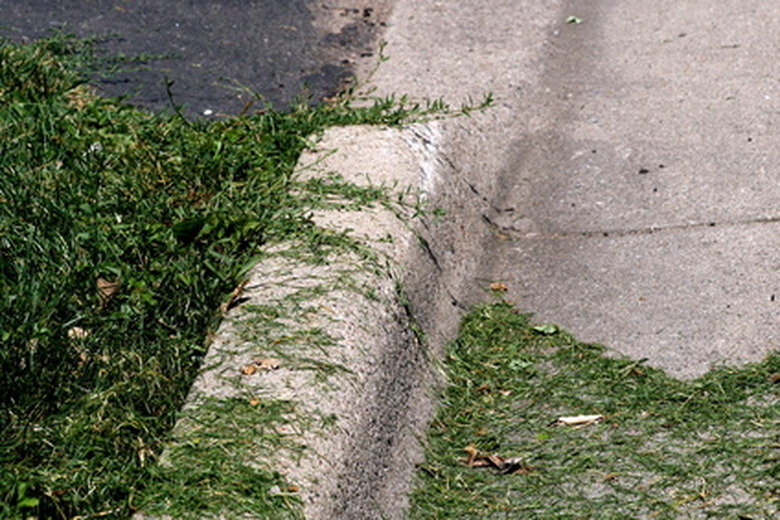Lawn Sweeper Vs. Grass Bagger
When faced with the task of cleaning away material across the entire expanse of your lawn with only hand tools to assist your efforts, yard work is a daunting prospect. Having the proper tools for the job helps you complete the cleanup faster, makes the work easier and puts less stress on your body.
Grass Baggers
Made to be attached to your mower or integrated into the mower itself, grass baggers collect grass clippings as you mow. You can choose between a solid bin or a bin made of fabric that allows air to flow through the bag; the latter enables you to get more clippings in one load. Many models come with the option to use bin bags as liners. Single, double and triple baggers are available. Tow-behind versions come outfitted with wheels, but may require your mower to use a wider turn radius.
- When faced with the task of cleaning away material across the entire expanse of your lawn with only hand tools to assist your efforts, yard work is a daunting prospect.
- You can choose between a solid bin or a bin made of fabric that allows air to flow through the bag; the latter enables you to get more clippings in one load.
Before You Buy
If you are considering a grass bagger for your yard, you will need to know whether the device will attach to your mower or lawn tractor, the capacity of bagger you need in bushels or cubic feet and how the bagger unloads. Some types will dump the load for you, saving you the stress of lifting.
Lawn Sweepers
Lawn sweepers are available in manual and tow-behind forms. Manual sweepers operate through your muscle power. As you push, a brush inside the machine gathers clippings from your lawn. Tow-behind sweepers attach to your lawn mower, and the mower drives the brush. Additional attachments such as dethatchers are available to work in concert with these devices.
- If you are considering a grass bagger for your yard, you will need to know whether the device will attach to your mower or lawn tractor, the capacity of bagger you need in bushels or cubic feet and how the bagger unloads.
Benefits
Lawn sweepers collect not only grass clippings, but also leaves and other forms of tree and lawn debris. While the tow-behind version is less labor-intensive to operate, the manual device may be the better option for steep slopes and areas where turning the mower around is difficult. Before you commit to a purchase, consider the bag size you may need — rated in cubic feet or bushels of capacity — whether the device offers height adjustment, the width of the sweeper and the weight of the device.
Misconceptions
Grass clippings cause no damage if left in place and do not lead to thatch problems, but you may want to collect grass clippings for use as compost or simply for the sake of appearance. In addition to lawn sweepers and grass baggers, a third option is the lawn vacuum, which — just like your household vacuum — sucks up lawn debris and deposits it in a bin.
Considerations
To use these accessories, you may need to adjust your lawn maintenance routine. Grass left to grow too long may require more than one pass to cut and collect or require you to mow less width per pass. One of the motivating factors behind your wanting to collect clippings may be to rid your yard of clumps of grass, but these devices can't handle wet grass, as it clogs their systems. Grass catchers are made to accept clippings, but they can also handle some leaves and pine needles; however, if your lawn has other tree debris, you may want to consider a lawn sweeper instead. You must thoroughly clean both types of devices before storing them, and you can't store grass in them; the bins must be emptied after every use.
- Lawn sweepers collect not only grass clippings, but also leaves and other forms of tree and lawn debris.
- Grass catchers are made to accept clippings, but they can also handle some leaves and pine needles; however, if your lawn has other tree debris, you may want to consider a lawn sweeper instead.
